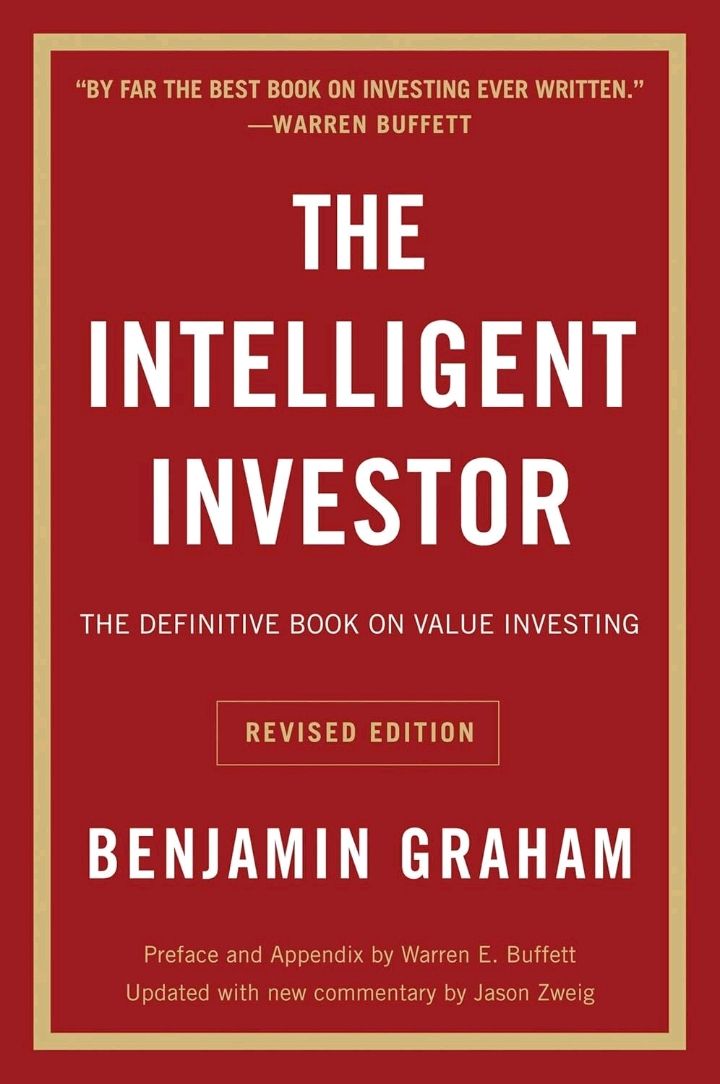Making precise forecasts can lead to greater accuracy from "summary" of Superforecasting by Philip E. Tetlock,Dan Gardner
Being able to make precise forecasts can indeed lead to greater accuracy in predicting future events. When forecasters are able to clearly define the parameters of their predictions, they are more likely to be correct in their assessments. This precision allows them to focus on specific details and factors that can influence the outcome, leading to a more accurate forecast. By making precise forecasts, individuals are able to avoid vague or ambiguous language that can lead to misunderstandings or misinterpretations. This clarity in communication helps to ensure that everyone involved in the forecasting process is on the same page and working towards a common goal of accurate prediction. Additionally, precise forecasts often require forecasters to conduct thorough research and analysis to gather relevant data and information. This in-depth investigation can uncover valuable insights and trends that may have otherwise been overlooked. By delving into the details, forecasters are better equipped to make informed decisions and avoid making mistakes based on incomplete or inaccurate information. Furthermore, making precise forecasts can help forecasters to identify potential biases or assumptions that may be clouding their judgment. By clearly defining the factors that are influencing their predictions, individuals are more likely to recognize when their own preconceived notions are impacting their forecasts. This self-awareness can lead to more objective and accurate predictions in the long run.- The concept of making precise forecasts leading to greater accuracy is a crucial aspect of effective forecasting. By focusing on clarity, thorough analysis, and awareness of biases, individuals can improve their predictive abilities and make more accurate forecasts. This attention to detail and precision can ultimately result in more reliable and trustworthy predictions.
Similar Posts
Financial bubbles formed again
The most significant development in the American economy during the 1920s was the creation of a vast speculative bubble in the ...
Residual analysis assesses whether the assumptions of the regression model are met
Residual analysis plays a crucial role in determining the validity of a regression model by examining whether the assumptions u...
Solving poverty is within reach
It's a bold assertion, to be sure. But the more one examines the evidence, the more it becomes clear that the eradication of po...
Consider the management team's track record
When evaluating an investment opportunity, it is crucial to assess the track record of the management team. This refers to the ...
Market participants exhibit heterogeneous beliefs
The notion that market participants exhibit heterogeneous beliefs lies at the heart of understanding the dynamics of financial ...

Develop a contrarian mindset in investing
The intelligent investor must learn to resist the alluring temptations of popular opinion. It is easy to be swayed by the preva...
Three white soldiers indicate a bullish trend
The three white soldiers pattern is a highly reliable bullish reversal signal. This pattern consists of three long white (or gr...
Knowledge originates from sensory experiences
The mind is initially blank, devoid of any knowledge or ideas. It is through sensory experiences that the mind begins to form i...

Two modes of thinking: fast and slow
In our daily lives, we rely on two distinct modes of thinking: fast and slow. Fast thinking is intuitive, automatic, and effort...

Budgeting is crucial
Budgeting is a fundamental aspect of personal finance that cannot be overlooked. It is the process of creating a plan for how y...

